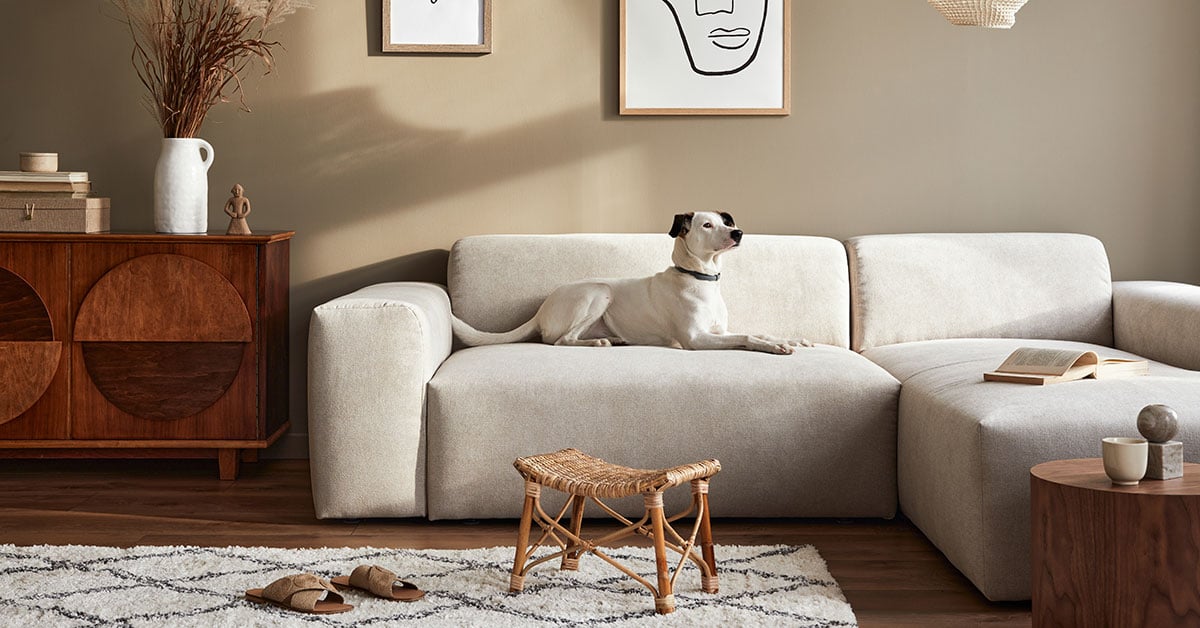Effective Ways to Keep Your Home Warm this Winter

Winter in New Zealand can be beautiful, but it can also be chilly.
It is the time of the year you want to plug the heater in, turn it to high to feel warm snug. The downside is that power bills can skyrocket during these colder months. If you don't have the right heating solutions in your home, your power usage could jump a lot.
Here are some tips and tricks to help you heat your home this winter and stay warm and comfortable.
Curtains and blinds
Curtains and blinds can help keep heat in and cold out. They act as a barrier between the inside and outside of your home, reducing heat loss through your windows. Make sure your curtains and blinds are thick and made of a heavy fabric to provide maximum insulation. You can also use draft stoppers to prevent cold air from entering your home through gaps in your doors and windows.
Heat pump
Heat pumps are an efficient and cost-effective way to heat your home. They work by transferring heat from the outside to the inside of your home. This means they can provide heating even when the outside temperature is very low.
Although heat pumps have a high purchase and installation cost, they are a lot cheaper to run than other heaters. If you use it efficiently, with a timer and thermostat, this will help save power. There are also versions you can run from an app on your phone. You can turn your heat pump on remotely, so you come home to a warm home.
Heat pumps can also be used to cool your home in summer, making them a versatile heating and cooling solution.
Wood burner
Wood burners are a popular heating solution, and for good reason. They provide a cozy and comfortable heat that can be hard to replicate with other heating solutions. Modern wood burners have ultra low emission models. They can be cheap to run if you have access to a reasonable supply of wood or wood pellets. It's important to use dry, untreated wood to avoid releasing harmful pollutants into the air.
With a visible flame, they look great.
Portable heater
Portal heaters are a good option to utilise the high levels of renewable electricity we have in New Zealand. They are also an effective alternative if you don't want to invest in a more permanent heating solution. They're easy to move around and can be used to heat specific areas of your home. However, they can be expensive to run. Some are more efficient than others and may work better in different spaces. You want to make sure you choose a heater with a high energy efficiency rating.
Insulation
Keeping the heat that you have generated inside is the best way to keep power costs down. Insulation is the most important factor in keeping your home warm. Make sure your walls, ceiling, and floors are well-insulated. This will prevent heat from escaping and keep your home warm for longer. You can use insulation products like batts, foam, or blown-in insulation to help you insulate your home. If you're unsure about the insulation in your home, consult with an expert to help you assess your needs.
Double-glazed windows
Windows are a major source of heat loss in homes. Double-glazed windows can help reduce heat loss by up to 60 percent. They work by trapping a layer of air between two panes of glass, which acts as an insulating layer. This is an expensive option, but it will be an investment you will benefit from as it makes your home more comfortable.
Dress for the weather
Finally, remember to dress warmly when you're inside your home. Wear layers of clothing and use blankets and throws to keep warm. This will help you stay comfortable and reduce the need for heating. It’s always comforting to snuggle up with a warm blanket on the sofa when it’s cold outside.
No one wants to spend more than they have to on power, and keeping your home warm during winter will likely push up that monthly electricity bill. By taking a few steps to prepare your home, and making sensible heating decisions, your home will be comfortable all winter long.
Don’t forget, dress for the season. Creating summer conditions inside during winter will come with a price tag.
Share


